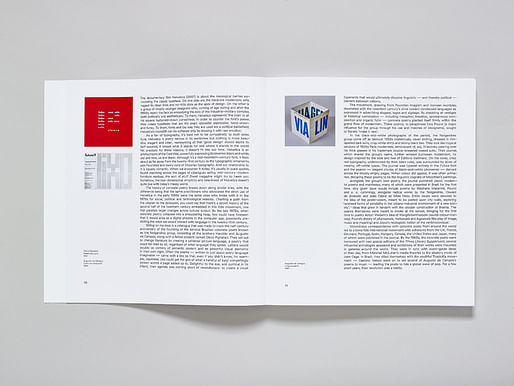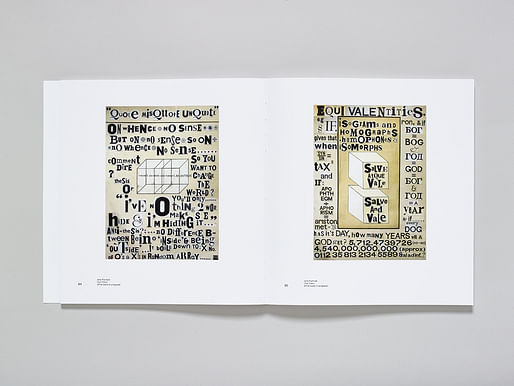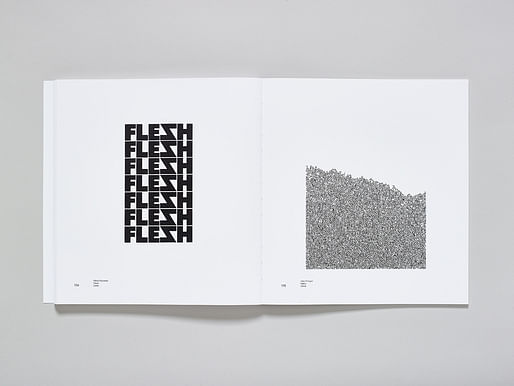
Although jaded art critics might argue that there is nothing new under the sun, they are overlooking the fact that there is important work that has been shaded by time. Concrete poetry, an art form that emphasizes the physical arrangement and visual presentation of poetry as much as its literary content, is widely presumed to have reached its zenith in the 1960s, only to become obsolescent in the digital age. "The New Concrete," a collection of contemporary concrete poetry edited by Victoria Bean and Chris McCabe, not only proves this assumption wrong, but spotlights a form that is perhaps the inadvertent template to our daily onscreen lives.

"Many of concrete poetry's ideas about language's materiality have ended up being mirrored in our computational systems and processes," argues Kenneth Goldsmith in the book's introductory essay. "When we click on a link, we literally press down on a word. When, in the analogue age, did we ever press down on words?...The Internet itself is entirely made up of alphanumeric language, the identical material that was used to make classic concrete poetry."

Featuring rich color plates of work by poets and artists including Karl Holmqvist, Caroline Bergvall, Ian Hamilton Finlay, Johanna Drucker and Richard Skelton, the collection is as much a beautiful compendium of the form as it is a fascinating tour of how we interact with physicality in the digital age.

In a photographed piece by Robert Montgomery, entitled "All Palaces," the white all-caps words "All Palaces Are Temporary Palaces" are mounted on a sign standing in the deep end of an emptied pool. It's haunting, funny, and profound all at once. Other work, such as John Furnival's "Huit Coins" features ragged cut-and-paste lettering arrayed around geometric blocks that create a sense of a mind turning over restlessly in search of an answer.

As LCD Soundsystem once famously lamented, "I hear everybody that you know is more relevant than everybody that I know." What "The New Concrete" showcases is that relevance is sometimes as much about keeping a cultural torch going as it is trying to seek out a new flame. Inspiration and innovation fuel each other across epics and eras: art is as cyclical as it is startling, and by investigating so-called "past" forms we uncover new methods of perception.

"We had only one outright rejection from an artist," Victoria Bean explains in her closing essay about why she and Chris McCabe compiled the book. "One furious email that said what we were doing was spurious. Everyone knows the concrete body went cold in the 1970s. But this book isn't about imposing a new concrete on the world, it's about a sense that people are making visual poetry that is still responding to the work of others. Artists are out there creating it." Yes.
No Comments
Block this user
Are you sure you want to block this user and hide all related comments throughout the site?
Archinect
This is your first comment on Archinect. Your comment will be visible once approved.